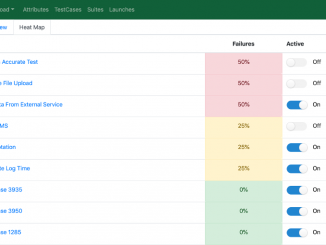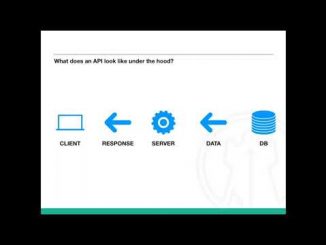Tutorials and resources on how to apply test automation in software testing
The bigger question for software development teams embarking on their test automation journey is “What to test?” My rule of thumb is “Start with the scariest code”. This presentation shares with you a framework for evaluating the ROI of writing a test for a feature and prioritizing what to test.
QuAck is a web-based open-source test management tool that can store test cases and test suites and execute them. It is based on a pluggable architecture that allows implementation of custom authentication providers, integration with tracking and test executing systems. This article presents the key features of QuAck.
PractiTest, the leader in testing management solutions, announced that its newly-released testing automation management solution update could be used to prevent software crashes similar to the one experienced in Massachusetts when it opened up COVID-19 vaccination appointments to Priority Group 2 Phase 2 residents.
Have you seen a recent job posting for a software tester or software QA engineer? The majority of job descriptions have some requirement for API Testing experience. That is how important and in-demand the skills are for testing (let alone automating) an API.
Welcome to this Cerberus Testing step-by-step tutorial for testing mobile applications. This guide will help you understand the test automation workflow and good practices supported by Cerberus Testing to test mobile apps using Appium.
Testing in production is the only way to know that your software is working right now in production. It not only increases developer confidence in the code but also development velocity because you will spend less time fixing bugs and more time building new products. Testing in production provides an increased accuracy of test results, faster test execution time due to elimination of bad data, and you will have higher confidence before releases because you already know that your features will work before you launch.
Exhaustive testing is a type of software testing approach where all the behaviors of a system are explored during the tests. If this approach is good in theory, it is not feasible in most testing contexts where time and resources are limited. This article presents the distinguishing characteristics of exhaustive testing and explain how to perform it.








